
Coprosma is a genus of flowering plants in the family Rubiaceae. It is found in New Zealand, Hawaiian Islands, Borneo, Java, New Guinea, islands of the Pacific Ocean to Australia and the Juan Fernández Islands.

Ulmus davidiana var. japonica, the Japanese elm, is one of the larger and more graceful Asiatic elms, endemic to much of continental northeast Asia and Japan, where it grows in swamp forest on young alluvial soils, although much of this habitat has now been lost to intensive rice cultivation.
Sphaeropteris propinqua, synonym Cyathea propinqua, is a species of tree fern native to Fiji and possibly Samoa, where it grows in wet forest. The trunk of this plant is erect and slender, growing to 10 m in height. Fronds may be bi- or tripinnate and 2–3 m long. Dull brown scales cover the dull, dark stipe of this species. The scales are minute along most of its length, becoming thick and fleshy towards the base. Sori are borne halfway between the pinnule midvein and the edge of the lobe. Indusia are present.

Eucalyptus propinqua, commonly known as the grey gum or small-fruited grey gum, is a species of medium-sized to tall tree that is endemic to eastern Australia. It has smooth, mottled bark, lance-shaped to curved adult leaves that are paler on the lower surface, flower buds in groups of between seven and fifteen, white flowers and conical or hemispherical fruit.
Glaenocorisa propinqua is a species in the family Corixidae, in the order Hemiptera . The distribution range of Glaenocorisa propinqua includes Europe, Northern Asia, and North America. It can be found in lakes, and its distribution is influenced by the presence of fish, which prey upon the larvae.

Metadelphax propinqua is a species of delphacid planthoppers in the family Delphacidae. It is found in Africa, Australia, the Caribbean, Europe, Northern Asia, Central America, North America, Oceania, South America, and Southern Asia. It is an introduced species in the Nearctic and Neotropic.
Diclidia is a genus of false flower beetles in the family Scraptiidae. There are about 11 described species in Diclidia.
Cylindridia is a genus of flower weevils in the beetle family Curculionidae, with currently seven valid names included. The species occur from Canada to Argentina.
Eudioctria propinqua is a species of robber flies in the family Asilidae.

Formica propinqua is a species of ant in the family Formicidae.
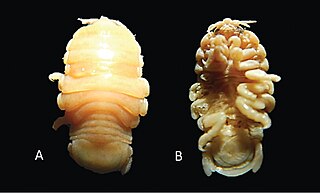
Elthusa is a genus of isopods in the family Cymothoidae, with 40 described species.
Chlorixanthe is a genus of fruit and flower chafers in the beetle family Scarabaeidae. There are at least three described species in Chlorixanthe.
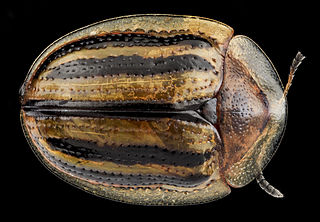
Agroiconota is a genus of tortoise beetles in the family Chrysomelidae. There are more than 20 described species in Agroiconota.
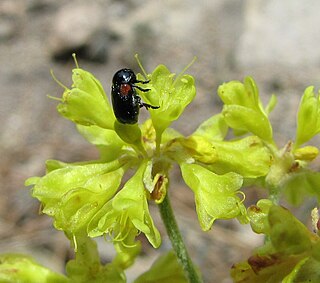
Saxinis saucia is a species of case-bearing leaf beetle in the family Chrysomelidae. It is found in Central America and North America.
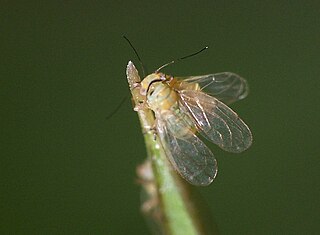
Heteropsylla is a genus of plant-parasitic hemipterans in the family Psyllidae. There are more than 40 described species in Heteropsylla.
Thecophora propinqua is a species of thick-headed flies, insects in the family Conopidae.
Lispoides is a genus of house flies, etc. in the family Muscidae. There are about 17 described species in Lispoides.
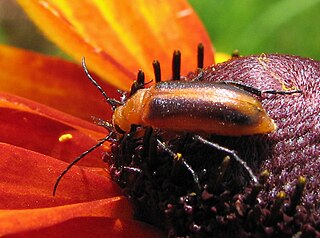
Zonitis vittigera, the brown blister beetle, is a species of blister beetle in the family Meloidae. It is found in North America.
Neophyllaphis is a genus of aphids in the family Aphididae. There are about 18 described species in Neophyllaphis.
Tumidagena propinqua is a species of delphacid planthopper in the family Delphacidae. It is found in North America.









